Are you in the market for a new gaming or everyday computer monitor?
There are a lot of great options out there for a variety of prices. In this post, we’re going to answer some common questions about gaming and computer monitors to help you along with your search. We’ll also provide you with a few solid suggestions to help you make the most informed decision for your personal needs and budget.
What Is the Difference Between a Curved Monitor And a Flat Monitor?
Out with the flat and in with the curved!
Curved monitors are becoming more popular in contrast to their flat counterparts and for good reason. The question is, what is the difference between a curved monitor and a flat monitor?
Let’s backtrack a little bit and clear this up.
Curved-panel monitors offer an immersive viewing experience by creating the feeling as though you are being pulled into the media you are viewing. This feeling is achieved due to the monitor’s curvature following the natural curvature of your eyeball. They give you more space to work in and also allow for a multi-monitor setup that can increase your productivity and make your workstation look sleek.
They also drastically reduce the amount of eye strain that you may experience from staring at your screen all day. Combine these benefits with a blue light filter, standard on VIOTEK monitors, and you will feel a noticeable difference in your eyes by the end of your session.
Curved monitors’ curvature will vary between size and brand. For example, a 178-degree curve is a good starting point for a curved monitor. This means that you can see the screen from all sorts of different positions without experiencing any color distortions or distortion in viewing angles.
A flat monitor, on the other hand, doesn’t have any curve at all, so it is easier to mount them on the wall if you choose to do so. They are also cheaper than curved monitors, but they don’t offer any additional benefits like the immersive gaming experience, increased depth perception, or reduced eye strain.
PC gaming on a monitor that is flat can be really good, and what most professional gamers choose, but this comes at the cost of an increased eye strain and a smaller view of the battlefield.
Flat-Screen Monitor Advantages vs. Curved-Screen Monitors
With the advancements in technology, flat screens have also become more popular. But in the past few years, curved screens have become increasingly more attractive amongst gamers, creatives, and everyday office workers.
Many pro-gamers prefer flat screens over curved monitors for FPS games. According to Raise Your Skillz, “curved monitors show some weaknesses, especially for first-person shooters.” When gaming with a flat screen, though, you must sit directly in front of it in order to reap its full gamut of benefits. Here are a few things to consider when deciding between a curved-screen and flat-screen monitor:
- Distortions: In FPS games, curved monitors may put you at a disadvantage in the game because of the screen’s curvature and your eyes’ perception. Players on the edge of the screen may get missed because of this.
- GUI Elements: Parts of your video game, like maps and health bars, may become pushed further outward and distorted due to the curvature and 21:9 resolution (in games that allow it).
- Graphics Card: In monitors that are curved, they have additional pixels that your graphics card will need to render out. According to Raise Your Skillz, this can be as much as 30% more processing power required by your graphics card.
There is no one-size-fits-all solution when it comes to monitors. If you are looking for an immersive experience, then curved screen monitors might be the best choice for you; but if you prefer working on multiple screens at once or compete in professional level gaming, then a flat screen monitor might be better for your needs.
What Does The “R” Mean in Curved Monitors?
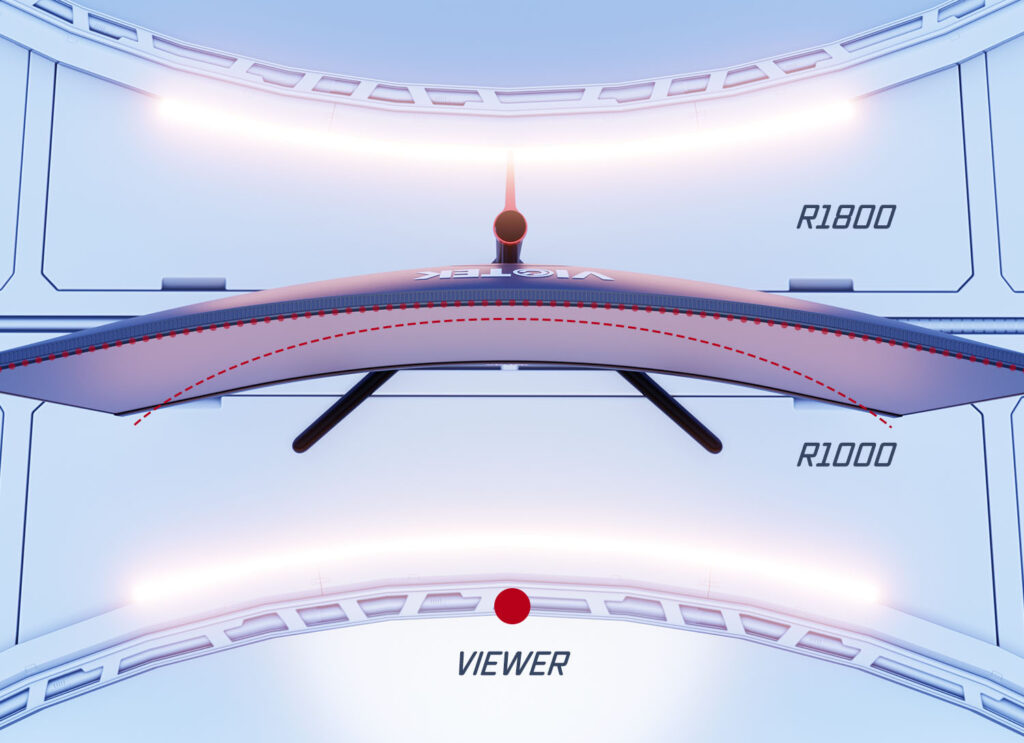 The “R” behind a monitor name stands for “radius” and it indicates the curve of the screen. The number before the “R” is the amount of millimeters. The larger the number the less of a curve the monitor will have. Vice-versa, the smaller the number the more of a curve the monitor will have.
The “R” behind a monitor name stands for “radius” and it indicates the curve of the screen. The number before the “R” is the amount of millimeters. The larger the number the less of a curve the monitor will have. Vice-versa, the smaller the number the more of a curve the monitor will have.
If you’re looking for a high-end but low cost curved monitor, we’d recommend our GNV27CB 165Hz 27-inch gaming monitor. If you have a higher budget and are looking for a larger screen, our GNV34DB2 34-inch ultrawide monitor will do wonders for your setup. Finally, if you’re looking for a large ultrawide screen, our SUW49DA2 49-inch monitor is the perfect choice for viewing multiple apps at once, the entire timeline of a video project, or seeing more of a game’s environment.
What Features Do Curved Monitors Have That Flat Monitors Don’t?
Some people find that curved monitors are more comfortable to use than flat monitors. This is because the curved screen reduces eye and neck strain from looking at a flat screen all day. The curve also makes it easier to see the entire display at once.
Curved screens provide a better viewing experience in general, but they do not have any specific features that make them “better” than flat screens. It all comes down to personal preference.
Why Should I Consider Getting a Curved Monitor?
If you have a larger flexible budget, then investing in a high quality curved monitor will give you a suite of benefits they come with, including a reduction in eye strain. If you’re someone who works at a computer and stares at a bright screen all day, you may benefit from a curved monitor even if you’re not an avid gamer.
Look into curved monitors from VIOTEK. We offer multiple budget-friendly options for someone with a smaller desk or limited storage space.
But the VIOTEK GNV24CB 24-inch monitor stands out and is a phenomenal curved monitor for those on a budget.
- 1920×1080p with 144Hz refresh rate
- 4ms response time
- Adaptive Sync (compatible with FreeSync and G-SYNC)
- 99% sRGB gamut and 1-million:1 dynamic contrast ratio
- GAMEPLUS crosshairs for sure-shot accuracy
Why Should I Consider Getting a Flat Monitor?
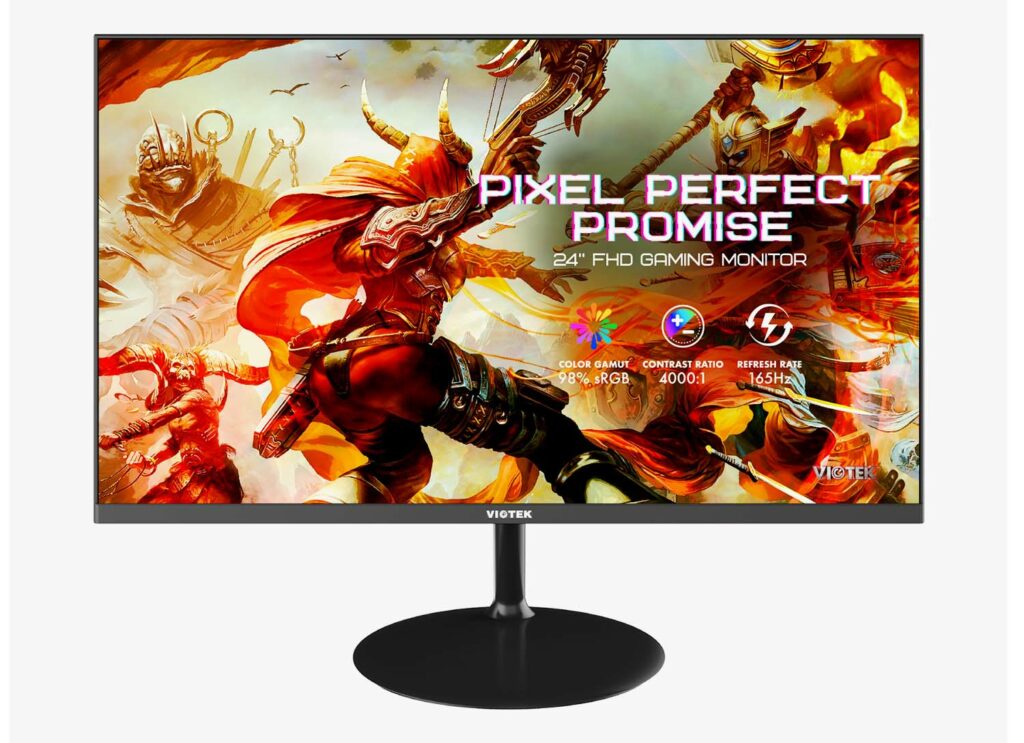 Flat monitors are better in certain situations over their curved counterparts, such as a wider viewing angle, lower cost, and no risk of neck strain. It offers more desk space and can be mounted on the wall or placed on an easel for additional convenience. Flat screens come in a variety of sizes and thicknesses, from only 3 millimeters thick to as much as 5.5 inches. They also come with different coating technologies, such as a glossy or matte finish.
Flat monitors are better in certain situations over their curved counterparts, such as a wider viewing angle, lower cost, and no risk of neck strain. It offers more desk space and can be mounted on the wall or placed on an easel for additional convenience. Flat screens come in a variety of sizes and thicknesses, from only 3 millimeters thick to as much as 5.5 inches. They also come with different coating technologies, such as a glossy or matte finish.
The VIOTEK GFV24CB 24-inch monitor is a great option for a flat screen if you’re on a budget. It features:
- Minimalist design with 3-sided borderless frame
- 75×75mm VESA mount
- 1080p monitor resolution with vibrant color quality
- 1920×1080p @ 165Hz with DisplayPort cable included
- VIOTEK’s zero-tolerance dead pixel policy
Which Monitor is Best for Gaming?
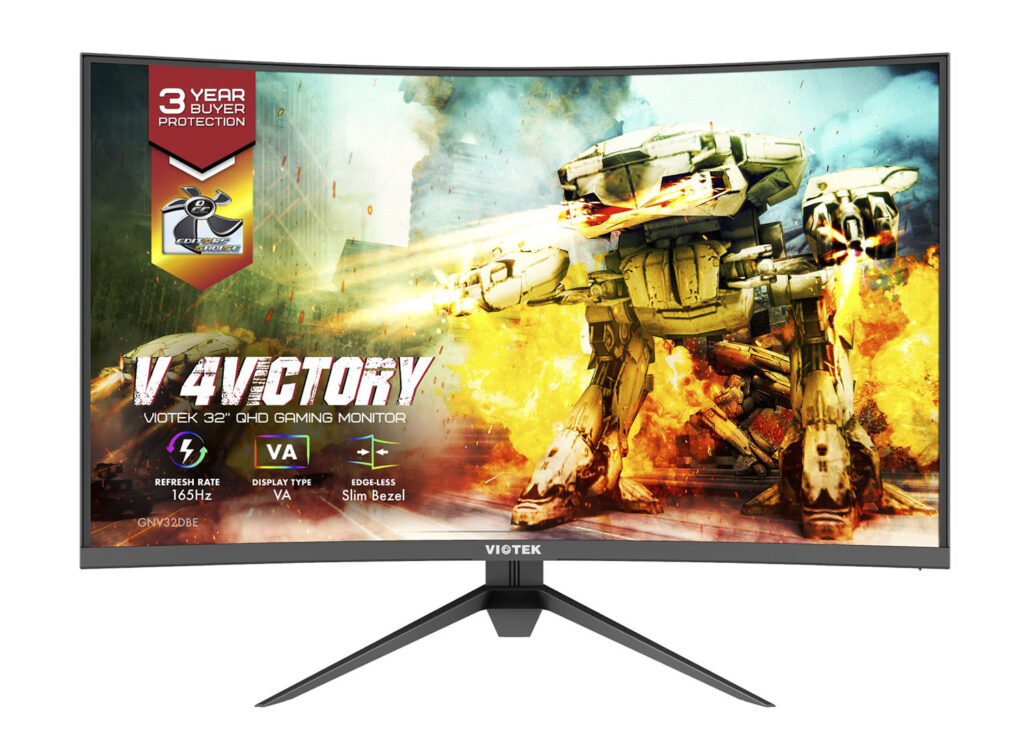 VIOTEK’s GNV32DBE Curved monitors are a popular choice for casual gamers because of their ability to reduce eye strain.
VIOTEK’s GNV32DBE Curved monitors are a popular choice for casual gamers because of their ability to reduce eye strain.
The answer to this question is not as straightforward as it may seem because it depends on the individual gaming preferences and the type of game being played; FPS, open-world, side-scroller, etc. A curved monitor provides a more immersive experience than a flat monitor, which is why gamers prefer it. But there are some disadvantages as well. For example, a curved monitor has less screen real estate than a flat monitor because it’s wider at the base and narrower at the top. This can be an issue for gamers who like to have multiple windows open at once or want to multitask while playing games on their PC.
A flat monitor has better viewing angles because it’s wider from top to bottom, but does not provide the same level of immersion that a curved one does.
Which Monitor Is Better for Your Eyes: Flat or Curved?
Flat monitors are cheaper than curved ones and they allow you to view a wider screen. Curved monitors, on the other hand, are more immersive because they offer a more panoramic view.
It is important to note that there is no universally accepted answer to this question. It all depends on what you want from your monitor. If you want to watch movies or play games, a curved monitor will be best for your eyes. If you want to work with documents or spreadsheets, then a flat monitor will suit your needs better.
Conclusion: Which Type of Monitor is Right for You?
Now that you know the difference between different types of monitors, you’ll be able to make a highly informed decision on what kind of screen is best for gaming and which one is better for productivity. As mentioned above, VIOTEK offers multiple options for flat and curved monitors for every budget. #V4VICTORY
Sincerely,
The VIOTEK Team



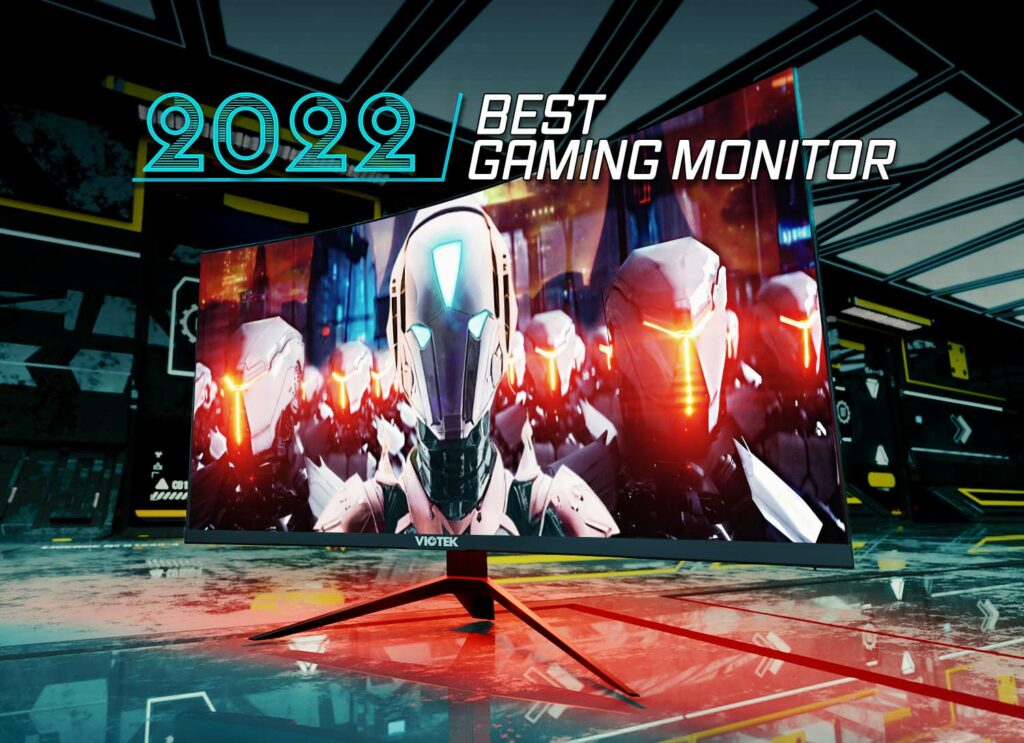
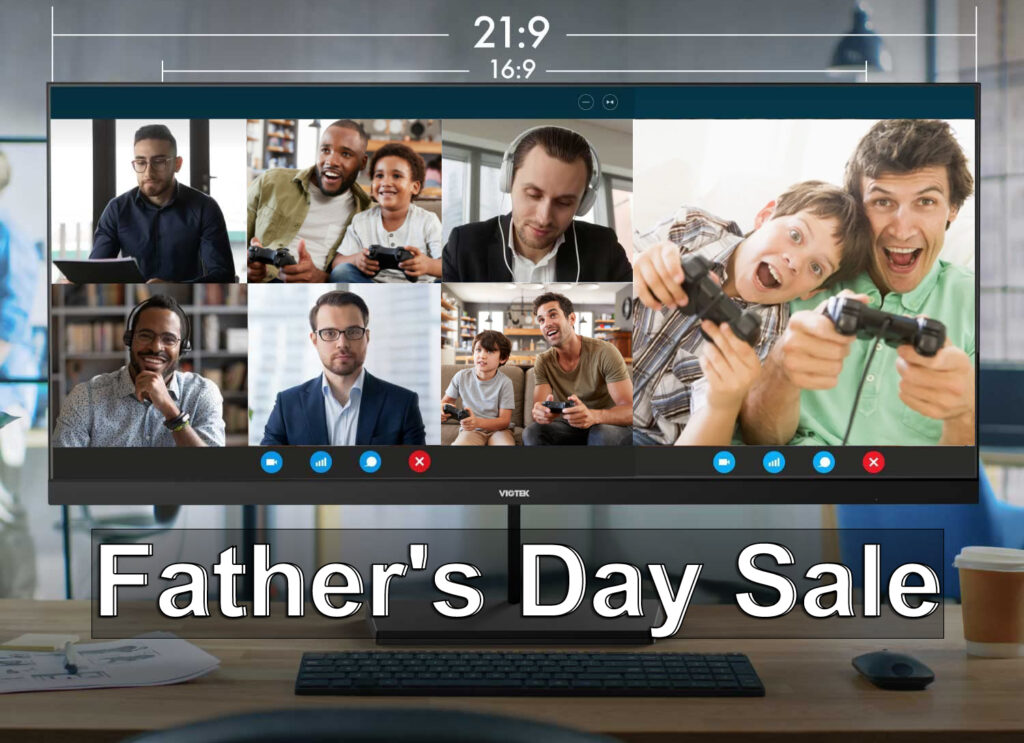
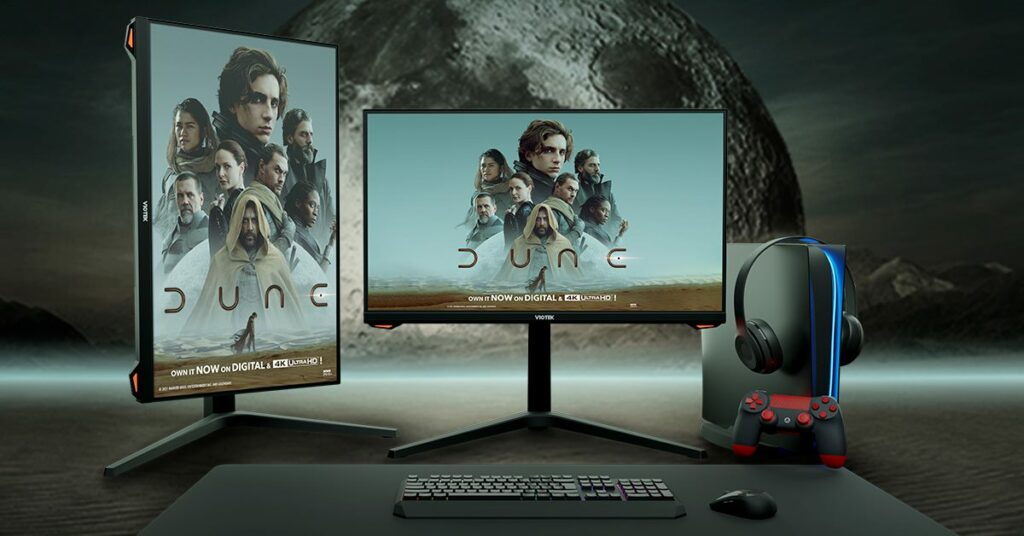

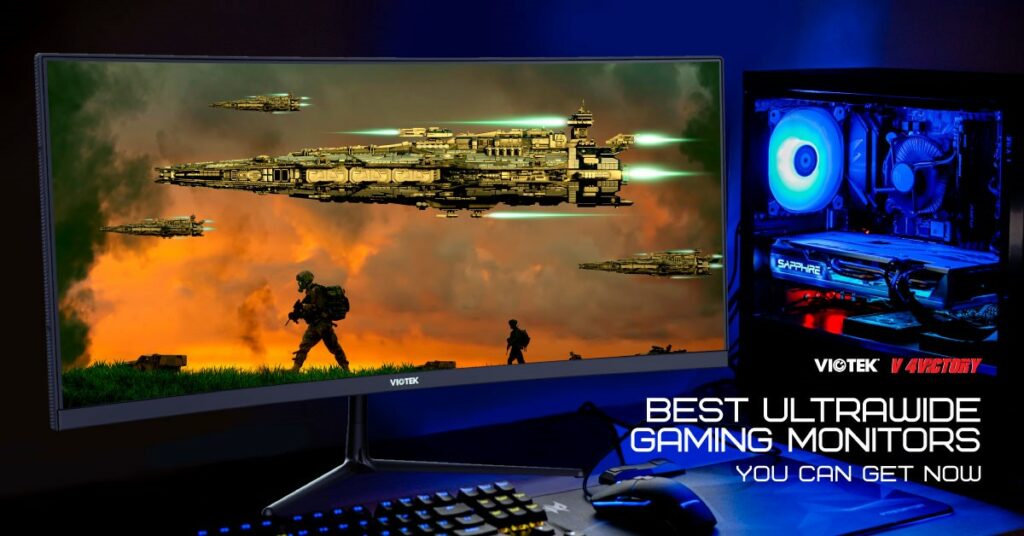
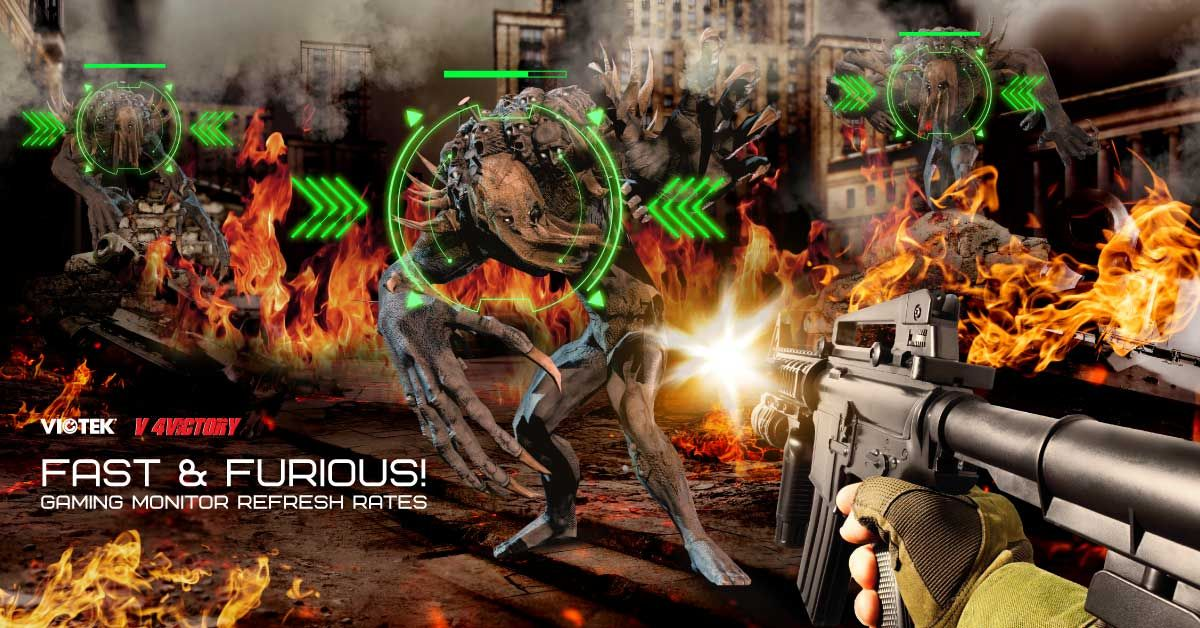
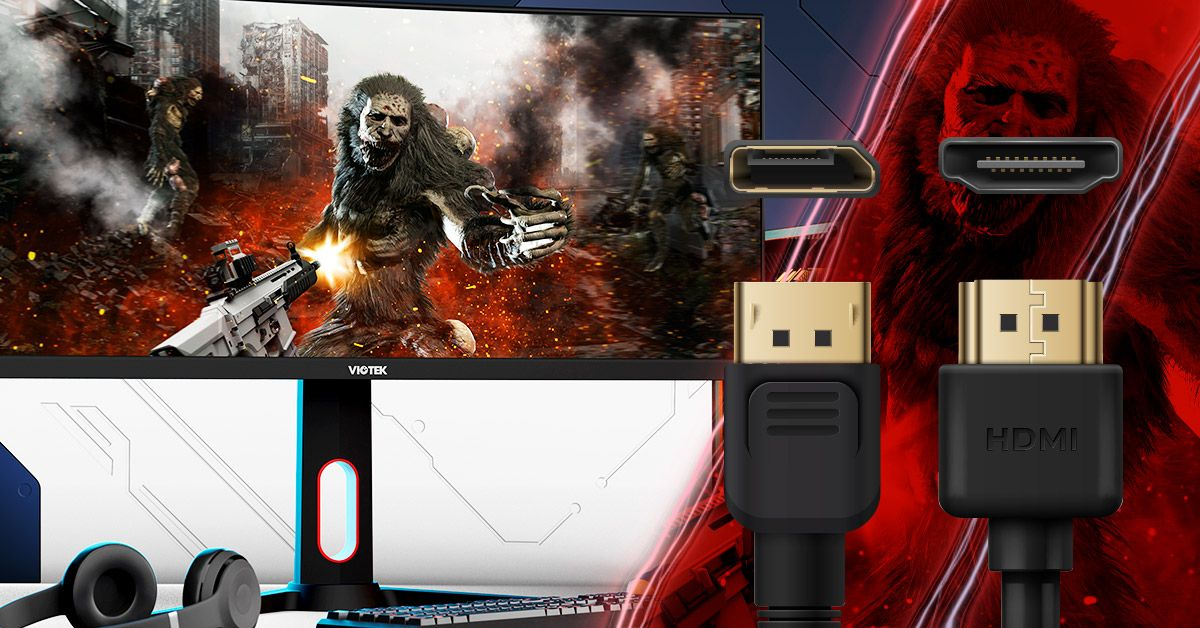

Hey, how come you guys ignore all emails, facebook messages and even phone calls? Your support landing page also does not work on your website.